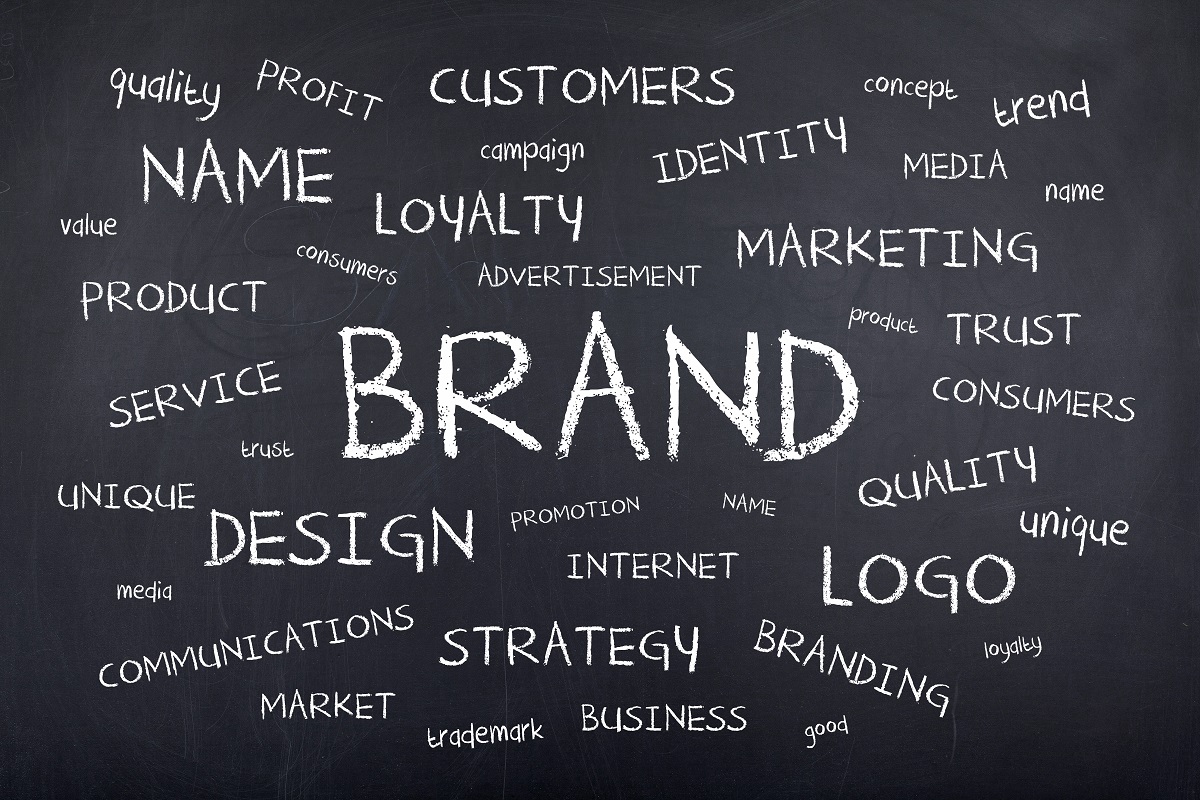- Branding is essential for businesses to differentiate themselves in a crowded marketplace and establish customer trust.
- Effective branding requires understanding business values, target audience, and unique selling points.
- Logos, colors, taglines as well as visual identities all contribute to a successful brand.
- The psychology of branding uses psychological triggers like trust and nostalgia to create emotional connections with customers.
- Creating a successful brand involves identifying your target audience and forming partnerships with other businesses.
Branding is essential for any business that wants to set itself apart in a crowded marketplace. It helps customers recognize and remember your product even after they walk away from their purchase. Not only does branding give your company an identity, but it also serves as a promise of quality that you make to each person who buys from you.
A strong brand identity can help differentiate your business from competitors, build customer trust, and drive sales. One of the key benefits of building a solid brand identity is increased brand recognition. A memorable brand can help your business stand out in a crowded market and make it easier for customers to remember you. This can lead to increased customer loyalty, as customers with positive experiences with your brand are more likely to return and recommend your business to others.
Building a solid brand identity requires careful consideration of your business’s values, target audience, and unique selling points. By identifying these key factors, you can develop a brand message, personality, and visual identity that resonates with your customers and helps to differentiate your business from competitors.
Understanding Branding
Branding can be a tricky concept to define, but at its core, it is a set of characteristics and qualities that differentiate a product from its competitors. Branding goes beyond a logo or tagline; it encompasses how customers and potential customers experience the company—from their first time hearing about the product, to their ongoing interactions with the company, to their eventual purchase decision.
The Elements of Branding
Effective branding is essential for business success, and one of the most critical branding elements is the logo. Your logo helps customers identify your company quickly and should be memorable and recognizable. Another crucial element in developing an effective brand is a robust color scheme.
Colors are powerful communicators that evoke particular emotions in viewers, so they should align with your brand identity or personality. For example, bright colors often indicate youthfulness or energy, while darker shades may suggest sophistication or strength.
Additionally, taglines also serve as an essential part of branding. This catchy phrase will often appear alongside your logo and should encapsulate the core values of your business that you want to share with the world. Building up these crucial aspects of a brand will help any business reach its fullest potential.
The Psychology of Branding
The psychology of branding is fascinating in that it bridges both neuroscience and marketing. Brands talk directly to consumers’ emotions, launching powerful connections between our decisions and the brands themselves. A successful branding strategy uses psychological triggers like trust, nostalgia, and appeal to create a brand’s identity, forming subconscious connections between the product and what it stands for.
By understanding how the brain makes purchasing decisions, an effective brand will quickly become embedded in memory, allowing customers to connect with it personally. This deep connection develops an emotional allegiance that will turn customers into fans of your brand and strengthen loyalty over time.
Creating Your Brand
Creating a recognizable and successful brand doesn’t happen overnight. It takes a holistic approach, with well-defined elements that work together like puzzle pieces to create the picture of your business or product. Knowing how to craft your unique message is vital.
Identifying your Target Audience
Identifying and targeting a specific audience is essential when marketing any product or service. For example, if you are marketing a premium blend of coffee, it would be beneficial to focus primarily on coffee lovers. Coffee lovers tend to be more willing and eager to spend money on products with perfect quality and taste.
Developing your Brand Message and Personality
Developing a solid brand message and personality is critical for any business that wants to grow and be successful. Crafting the right combination of words and word choice will help you set your company apart from the rest while ensuring you create a consistent and memorable impression across all communication channels.
Designing Your Visual Identity
Your visual identity is integral to your brand and should not be taken lightly. It’s important to ensure that your logo, colors, fonts, and other designs effectively communicate who you are and what you offer. For a compelling visual identity, consider using contrasting colors to create contrast; play with typography to make a statement.

Building Your Brand
Regarding marketing and advertising, your brand’s tone of voice should be uniform across all platforms. Define precisely what kind of personality you want to project while describing your brand so that both customers and employees keep consistent messages throughout the production of all advertising campaigns.
This can easily be achieved by creating clear brand guidelines with specific language and rules, including logo designs and color choices.
Consistently Applying Your Brand Across All Channels
Consistently applying your brand across all channels is the key to a successful business. Your website, physical store, and social media should all contain similar language and promote the same services and products. This cohesion helps establish trust, security, and familiarity with customers.
The tone is also fundamental, and it cannot be easy to get right when presented through different mediums. Ensure that language remains consistent across all channels to ensure that communication never varies from your ideals as a brand.
Developing Brand Partnerships and Collaborations
Working with other brands to develop effective partnerships and collaborations can be a potent tool for any business. For instance, if you are a wholesale coffee company and want to create a unique experience for your customers, then you can partner with a local bakery to offer coffee and pastry bundles is an excellent way to increase customer interest and strengthen the brand identity.
Combining the quality of two popular products can create an innovative package with greater buying power, resulting in a powerful boost for both businesses.

In conclusion, understanding and creating a brand involves much thought and effort. It begins with understanding the definition of branding, its elements like logo, tagline, and color scheme, plus the psychology behind it. The process then moves on to identifying your target audience, developing the brand message and personality, designing the visual identity, and finally communicating the brand through marketing and advertising techniques.
It’s essential to consistently apply your brand across all channels for maximum reach. Also, you can consider partnerships or collaborations with other brands that complement each other to create an even more significant impact for both parties. Creating a successful brand requires dedication but has unlimited growth potential when used correctly.
